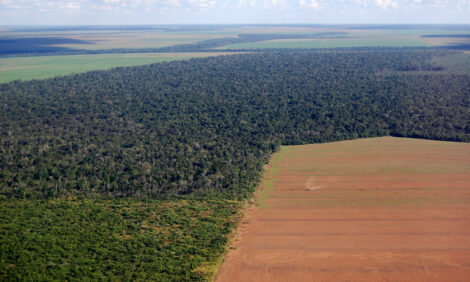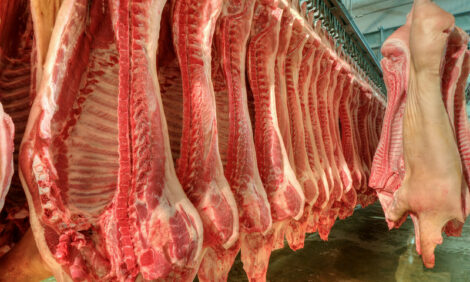



Corn Quality Variation Demonstrates Benefits of NIR Analysis
GLOBAL - International data shows that variation in corn quality could be adding significant costs to the feed industry, particularly for poultry and swine producers.The corn data collected from feedmills around the world, from January to May this year, showed that the apparent metabolisable energy (AME) content in corn can vary by more than 400 kcal/kg.
Dr Sophie Parker-Norman, AB Vista Global Technical Manager, says that in a typical corn-based broiler diet, this equates to a potential variation in the finished feed of 270 kcal/kg.
“Such variability could cost as much as €24.40/t feed – and represents 9% of the total feed cost in a 2.6kg bird. Even if the variation is just 25% of this maximum, the cost implication for a company producing 7.5 million birds each month is a substantial €200,000 per month.”
Dr Parker-Norman says the data demonstrates the need for sample analysis, and encourages the use of rapid and inexpensive technologies.
“While we know raw material nutrient content varies between seasons and growing regions, the true extent of this variability and its potential economic impact remain much less well understood.
However, new developments in near infrared (NIR) spectroscopy enable opportunities for greater sampling frequency and quicker reporting, meaning diet formulations can be adjusted for corn variability. NIR spectroscopy hardware and software enable near-instant analysis of a range of nutrient contents (including AME, proximates and phytate), meaning formulations can be adjusted in real-time to account for corn quality variation. Given the reduced cost and quicker turnaround time, more frequent analysis can now be implemented.”
Dr Parker-Norman says of the results: “The potential for economic wins comes when the total AME variability is large, such as in Mexico, the United States and Indonesia, where the range was found to be around 200-300 kcal/kg. Yet it is also important to recognise that even the 50-100 kcal/kg differences, measured in countries such as France, Thailand and Argentina, still represent considerable potential economic wins if effectively accounted for during diet formulation. It is also important to note that even when formulation safety margins are applied, inconsistent nutrient supply could still have significant effects on bird performance. That is another reason to explore how NIR technologies can be used to understand corn variability and implement systems to account for those differences.”
For more information, contact AB Vista on +44(0)1672 517 650 or [email protected].








